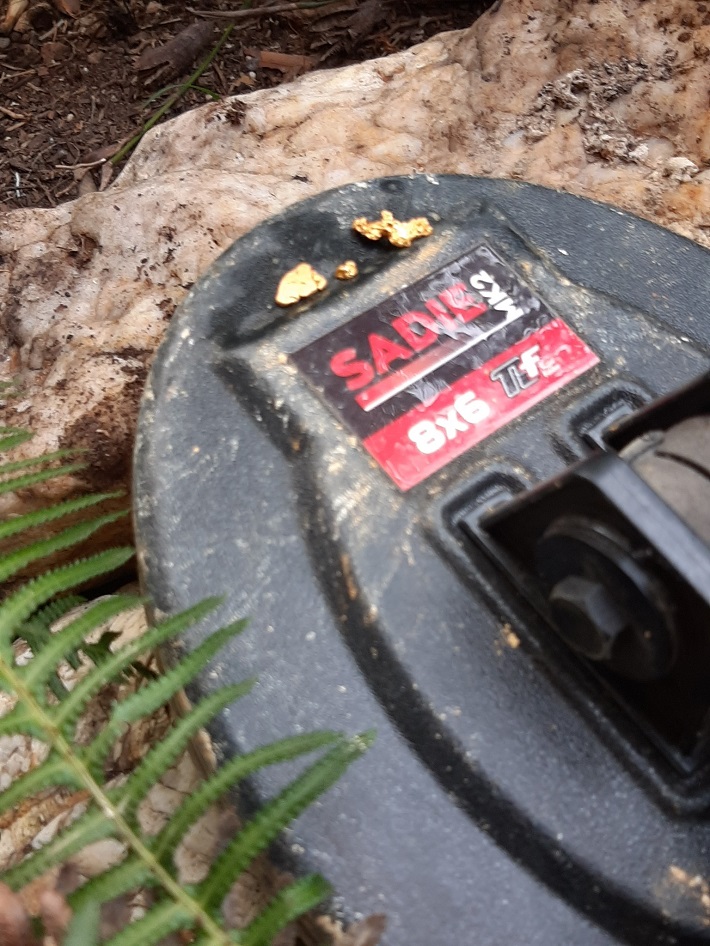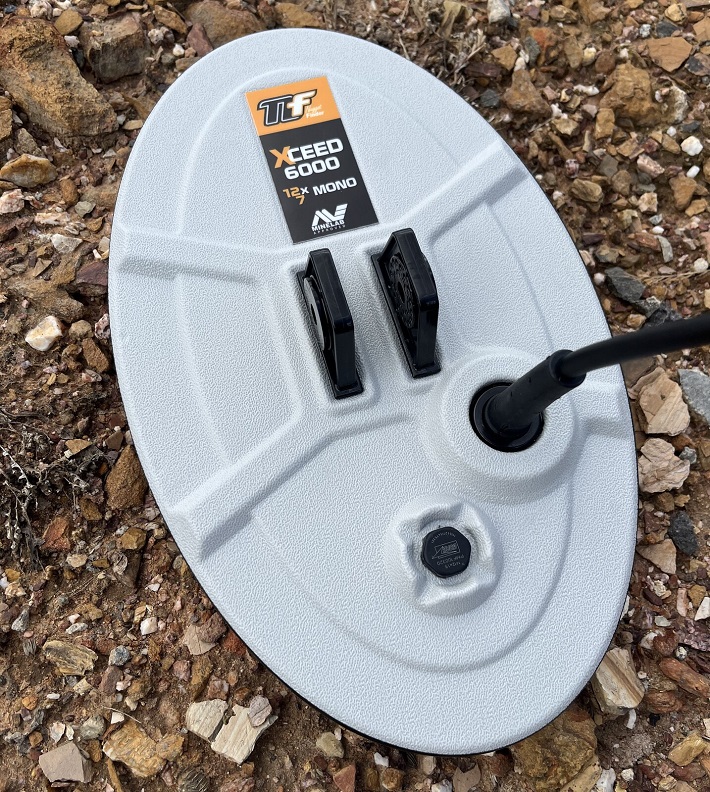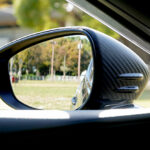If you’re new to metal detecting, figuring out how your detector works can feel a bit overwhelming. But understanding the main parts of your metal detector will help you get the best results and enjoy the hobby more. Each part has its own job that, when working together, helps you find hidden treasure underground.
Coils
The coil is the round or oval part at the bottom of your metal detector that you sweep over the ground. This is the part that’s responsible for searching. Its job is to work with electromagnetic fields into the ground and catch the signals that bounce back to the device in case a metal object is underground. These sensitive, accurate nugget finder coils are the detector’s eyes and ears.
These coils come in many different types and sizes. Choosing the right one for your detector can make a big difference in how successful you are at finding nuggets. Smaller coils are lighter and easy to handle. They’re perfect for rocky creek beds, areas with a lot of roots and dense bush locations. They give you more precise signals but will cover less ground. Because of this, it may take you more time to sweep a larger area.
On the flip side, larger coils will sweep more ground quickly. This is because of their wider detection field. If you’re hunting in larger, more open locations, they’re the perfect choice for a coil. Keep in mind that because of their size, they’re also heavier. Also, they won’t be able to detect very deep targets and miniature nuggets as precisely as smaller coils.
It’s very important to consider the brand you’re working with. It can make a big difference. Always do your research and ask around. Read reviews about specific nugget finder coils and see if the brand has good comments and satisfied customers. The return policy is also important in case you’re not satisfied with the product. A warranty will also be a nice addition. Choose a brand that’s praised for their sensitivity.
If you’re planning on going to a location that has water, or you hunt in an area that has a lot of rainfall, it’s a wise choice to invest in a waterproof coil. You’ll be able to search in streams, ponds, lakes, and even the ocean. With a good coil investment, you’ll get much better results.

Control Box
The control box is often considered the brain of the metal detector. It’s where all the action happens. It has a wide, clear screen and all of the buttons you can use to adjust and control the settings. You can find it attached to the shaft, just above the nugget finder coils.
As a beginner, the buttons and all of the controls might seem daunting at first. But once you get used to them and understand them, it’ll be much simpler and easier to deal with. Knowing every button and setting will make a difference in how successful you are at finding gold. You can adjust the sensitivity, discrimination, set the balance, and control the volume.
Most newer detectors come with a digital screen that shows helpful info like signal strength, target ID, and how deep an object might be. Some even let you save your favourite settings, so if you’re switching from the beach to the bush, you won’t have to start from scratch every time.
Shaft and Handle
Yes, it looks very simple, but the shaft has a bigger role than you might think. It’s there to connect the nugget finder coil and the control box. The main thing to look for in a shaft is its adjustability. This means changing its length according to your height to make it as comfortable as possible. By having the proper shaft length you’ll reduce and avoid back, shoulder and arm strain.
When it comes to the handle, comfort is the most important thing. You’ll be holding and swinging the detector a lot. That’s why you need a comfortable handle to hold. Something that won’t strain your hand and would give you a good and tight grip. Soft padding and an ergonomic shape can make the whole experience a lot more enjoyable.
Some detectors have straight shafts, while others are curved to support a more natural swinging motion. You’ll also come across lightweight options made from materials like carbon fibre which is great if you plan to be on the move or just want to travel as light as possible.

Headphones
The headphones are very important when you’re metal detecting. They improve your experience when you’re in a noisy environment like a park or the beach. They will help you concentrate on the most important sounds by blocking the background noise. You’ll be able to focus on the beeps and tones from the detector including the faint signals that can be easy to miss.
Most detectors come with a built-in headphone jack, and depending on the model you can use either wired or Bluetooth headphones. Besides giving you clearer sound, headphones also help conserve battery life since you won’t need to blast the volume on your control box. They’re also a good idea if you’re detecting in a public spot. You won’t draw as much attention, and you’re less likely to disturb people around you while you focus on your hunt.
Batteries
The only power source for your metal detector is the batteries. Some models use rechargeable lithium-ion batteries and some use standard AA ones. The rechargeable options are the most popular choice. They last longer between charges and are more affordable. There are detectors that come with built-in batteries, and others let you swap them with a fresh set.
No matter what type your detector uses, it’s a smart move to carry spare batteries or a portable charger, especially if you’re heading out for a long session. The last thing you want is your detector shutting down just as you’re getting into a good groove. Getting to know for how long your battery lasts at different settings will help you avoid any surprises out in the field.



